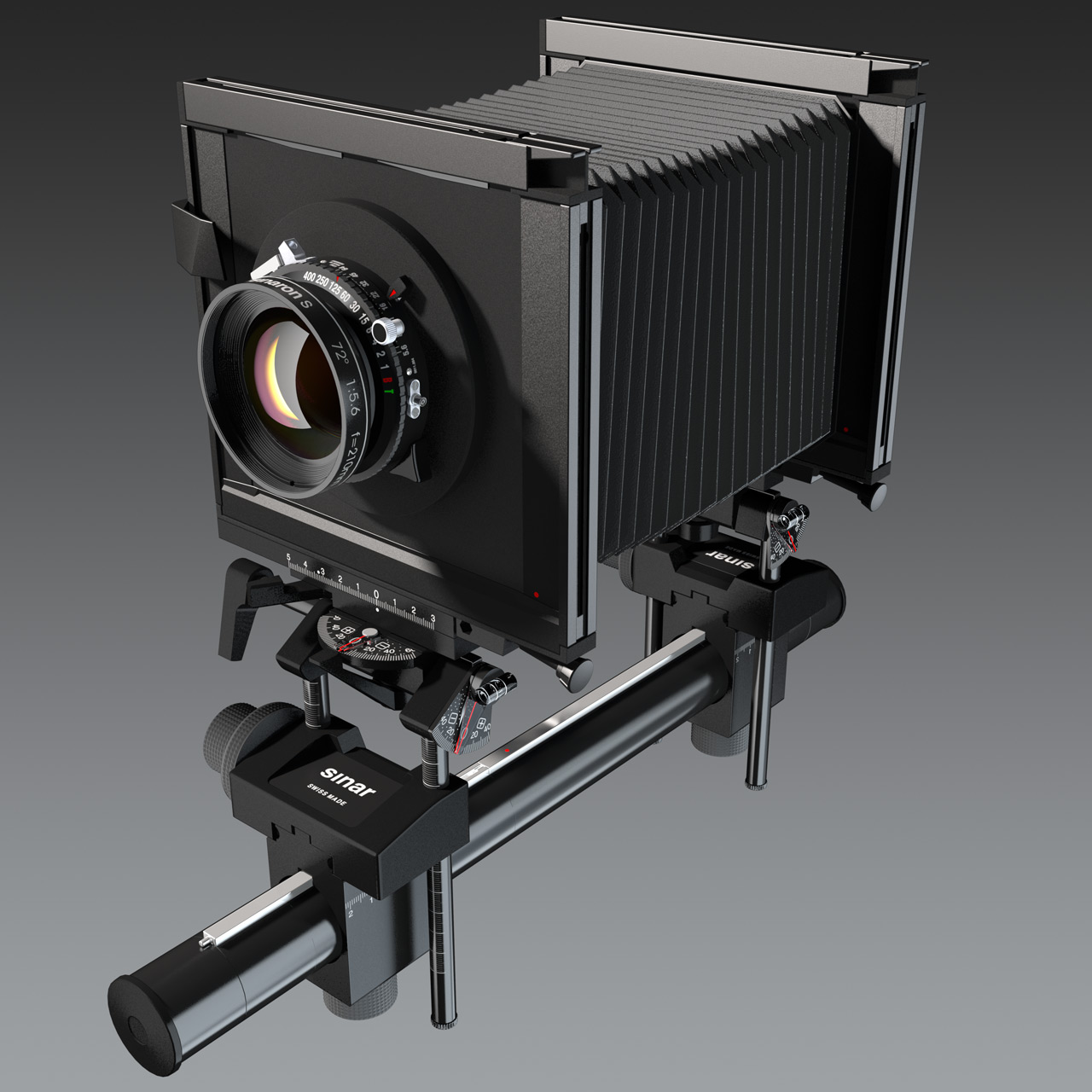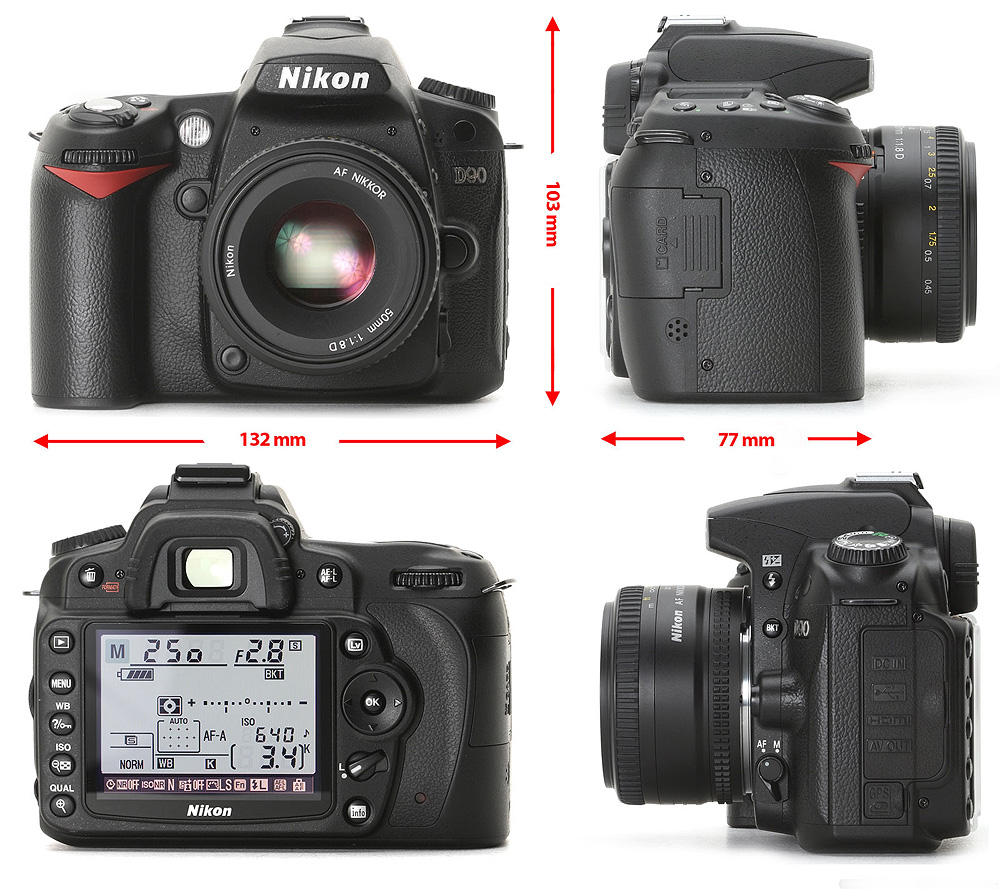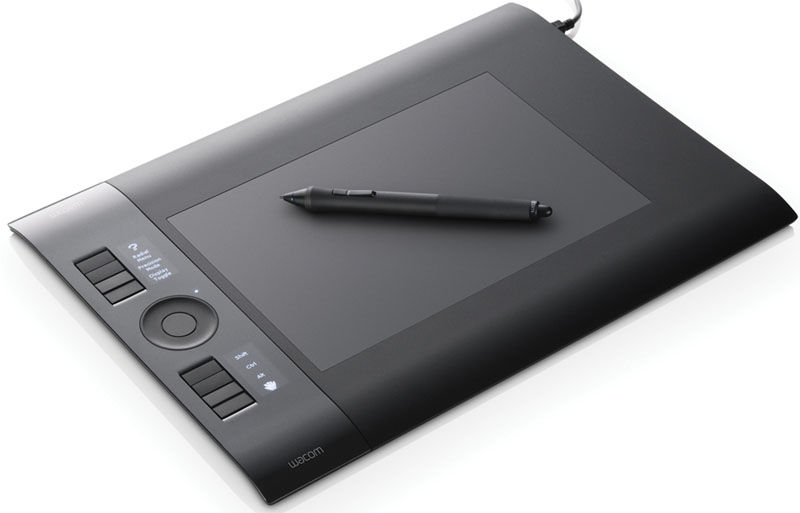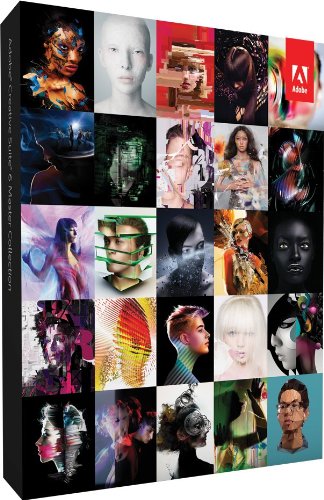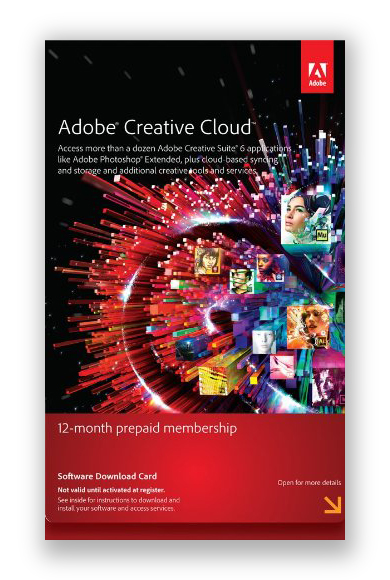Each piece of Photography equipment I had my hands on through the years, had its own character, feel and purpose. It helped grow my curiosity, as well as better understand and refine my practice.
Before laying down the photography equipment I’ve experienced with, here’s a little runt, I would like to stress that I’m completely out of the “brands war”, and here’s why, If you’re shooting a sports event in the park, a model, or a product in the studio; I believe that creating an effective image is mostly influenced by your vision of the subject and your experience, that’s helping you to determine when the setup is ideal and it’s the right moment to make the exposure.
The lens is the most important piece of hardware that will influence the image, and selecting the right lens (focal length, aperture) for a shoot, will influence the image much more than the brand you decide to go with.
If you think one brand or another is “the one to rule them all”, it’s O.K. by me, but that’s not going to determine the artistic value of your image, nor make it more interesting.
Inspiring images can be achieved regardless of the brand used and instead of investing energy in being passionately loyal to brands, I find that being passionately loyal to creating new things, makes much more sense.
I find arguments by Canon Vs. Nikon fans and Mac Vs. Windows users the most redundant. The accumulated time people spend arguing about which brand name is superior to another, could be used to create something that could bring joy or convey an idea and maybe even change the world, (maybe…=).
If you want to be purely technical, a transparency sheet that was exposed using a large format camera, one that was made almost a hundred years ago, have a far better potential to create an awe-inspiring image if only because of its physics, so? you can still make an absolute bore with an 8×10 view camera or make a wonderful one using a “camera obscura” (pinhole camera) or even your smartphone.
After getting this out-of-the-way, here we go,
My first owned camera was Braun’s Nizo, a used super 8 camera I received for my 12th birthday, I really wanted it. it didn’t have sound but it had variable speeds as well as a time-lapse, single frame and a standard flash sync socket, I loved animation and used it for stop motion animation, which helped my interest in photography bud.
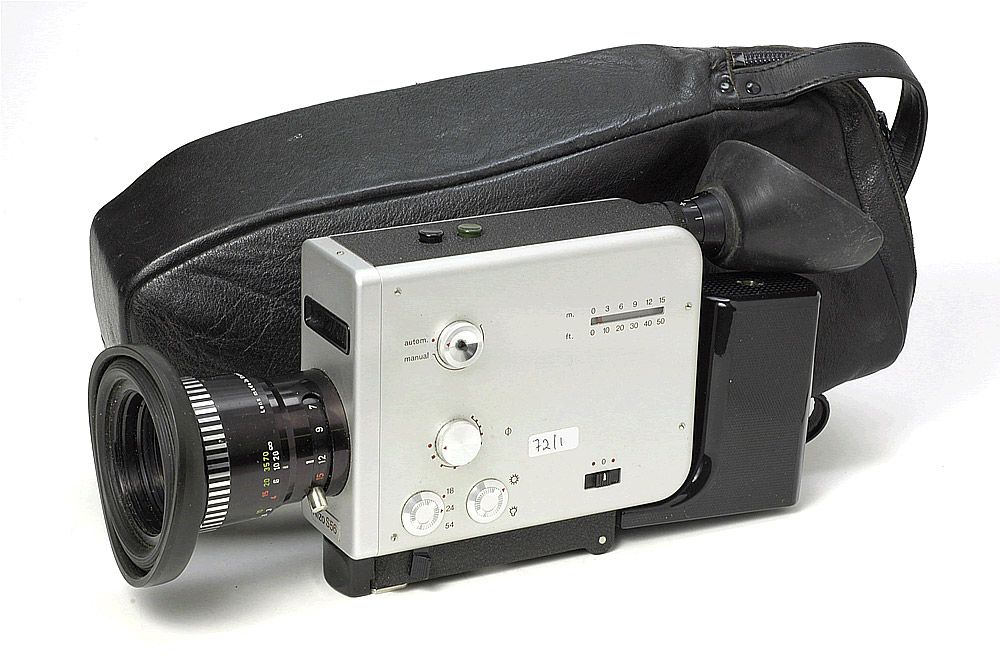
At 15 I went to an art school, majoring in photography, and received my first SLR, it was a Fujica with a screw-on lens, most other kids had a Canon or Nikon, I liked having a unique camera and not having to go with the flow.
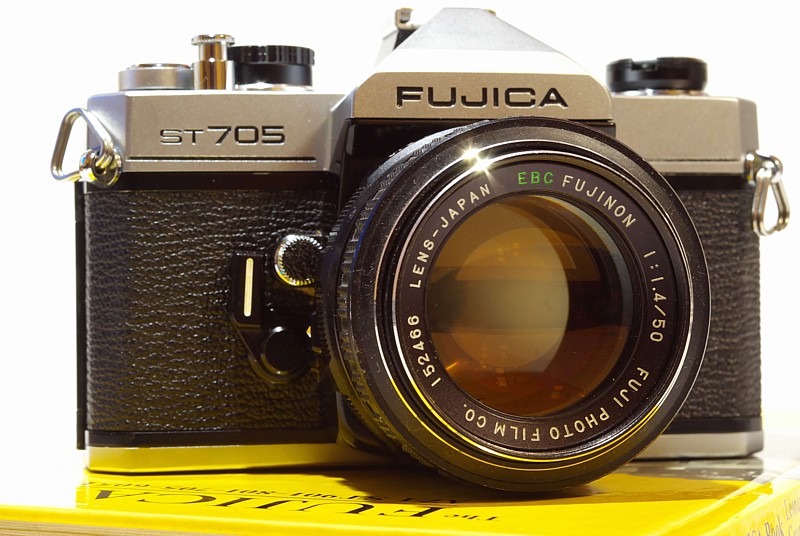
When I was about 20, the Fujica was stolen from my best friend’s house, I replaced it with a Nikkormat that I still remember as having one of the best light meters I’ve seen and was making great exposures if you paid attention to the needle.
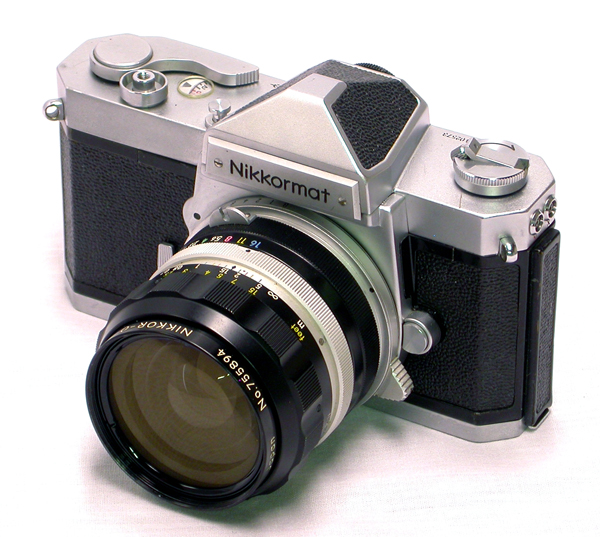
At 23 I joined a commercial photographer’s studio, that’s where I learned how to manipulate the Sinar P2, I did work with large formats at school, but being an assistant to such a talented and capable guy really revealed to me the full potential of large format cameras and professional lighting equipment, like Broncolor power packs and advanced lighting control methods.
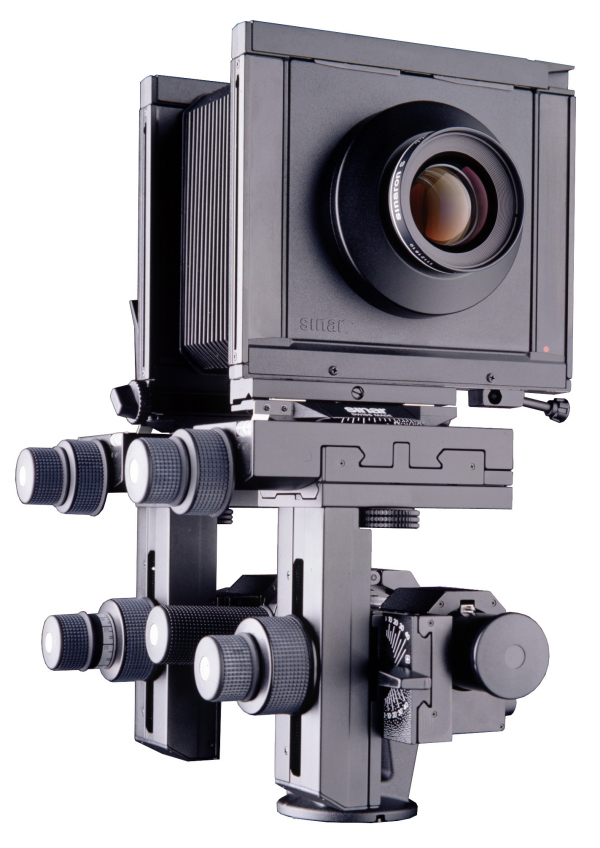
When I opened my studio, I used a borrowed 4×5 Toyo at first and about a year after I bought the Sinar F2 which is the lighter and more mobile version of the P2.
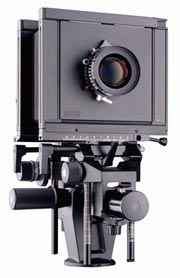
As a photographer assistant, I used the Minolta flash meter.
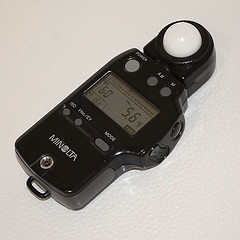
I later purchased a Gossen meter for myself.
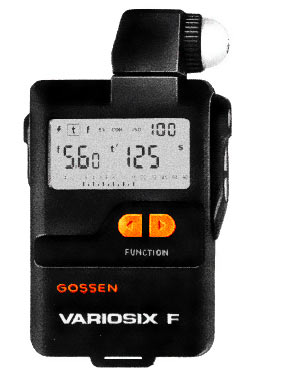
While working as an assistant, a great opportunity came to me, a businessman who loved cameras and came to the studio for a visit, told me he bought a new Nikon with a couple of lenses but felt it’s too much for him, he sold me his set for a very good price, wanting to support a young artist. I still have that body though I’ve not used it for a very long time. I still use all my manual Nikon lenses.
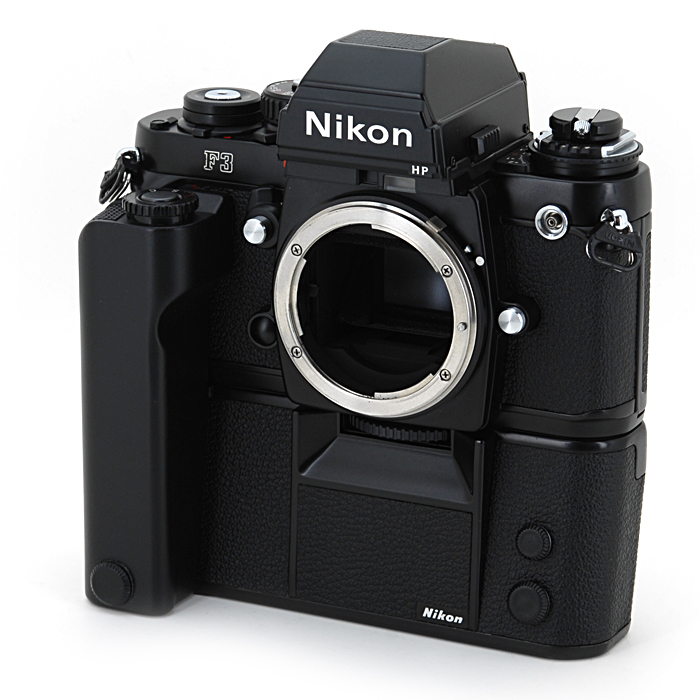
As a photo assistant, I operated the Hasselblad C500.
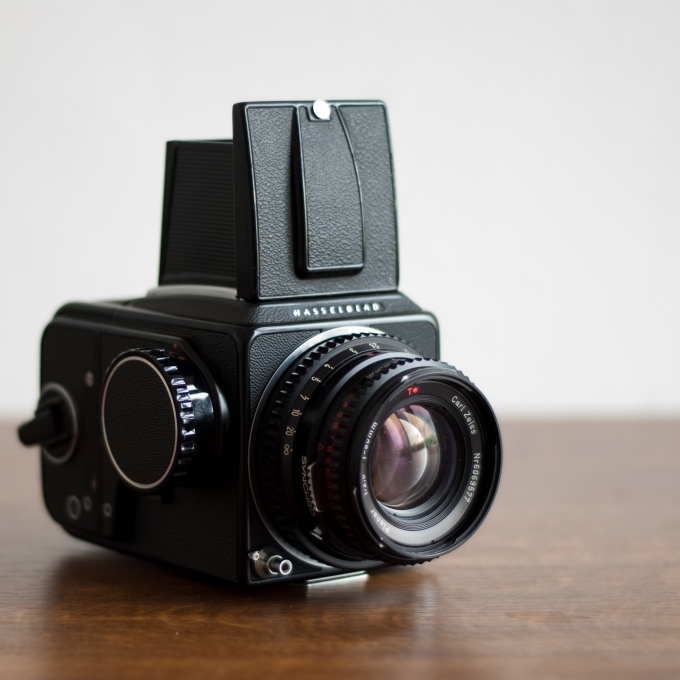
for my studio, I bought the Mamiya RB67. I love the square 6 by 6 c”m medium format and great optics of the Hasselblad and I love the 6 by 7 c”m format of the Mamiya and its great optics, both are very good. medium format has a beautiful depth of field.
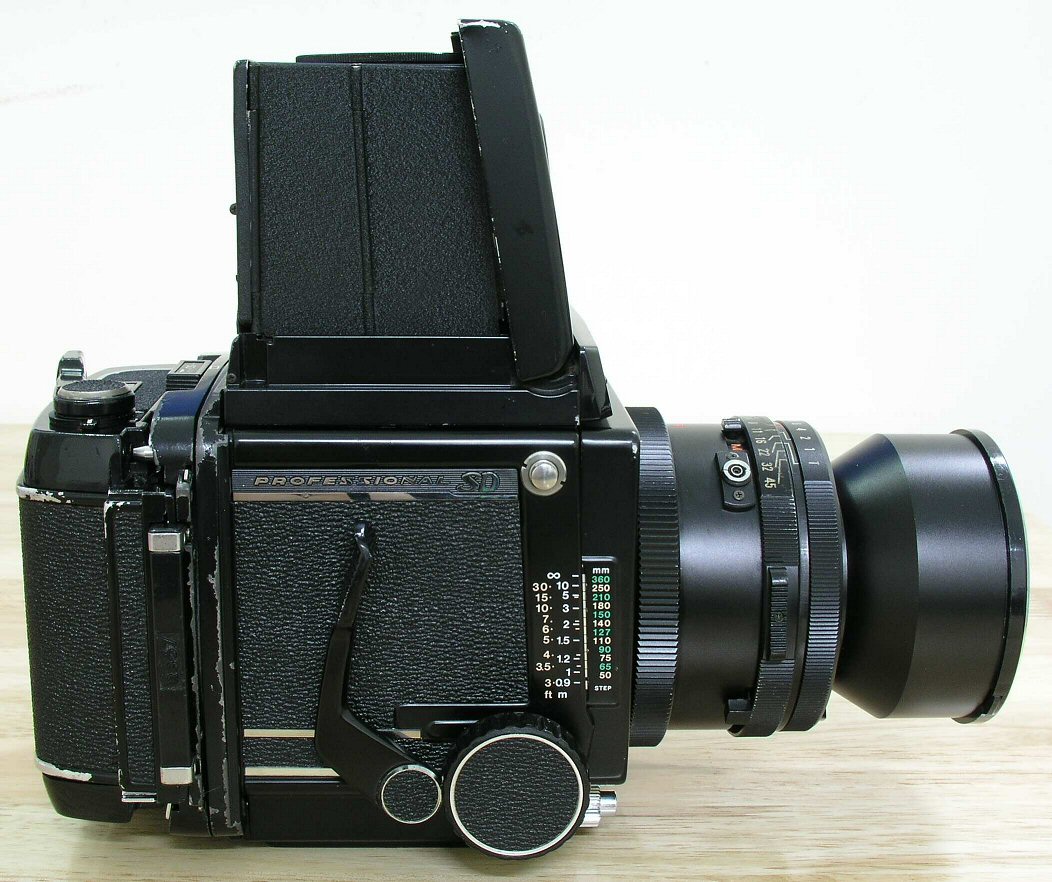
When moving to digital, I learned that the Nikon system started to use non-standard attachments to be able to do some elementary things like attaching a shutter release cable or a sync cord and was very finicky about which old Nikon lenses it’s compatible with, my protest was getting a Fuji body and it was an easy decision for me, given it was much more compatible with a variety of Nikon equipment I already had, then the new digital Nikon bodies, go figure.
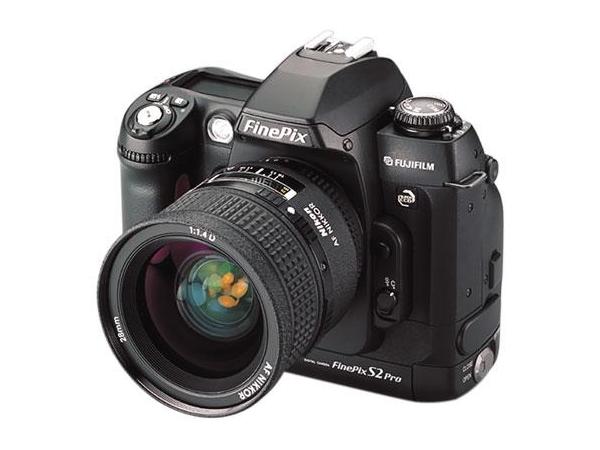
Currently, my main body is a Nikon D90. using the right lenses makes this camera a very versatile Instrument. It fits most of my projects.
I always shoot Raw.
For every camera I’ve used after turning professional, I had at least 3 lenses, a wide, a normal and a telephoto.
These days I’m using “Alien Bees” as my lighting system, I really like it. I’m using it with chimera softboxes and other light modifying methods.
I may add the full lenses and lighting equipment I’ve experienced with, at a later date.
Other then my photo equipment, I find the Wacom tablet to be an essential part of my setup, I find it impossible to be accurate and flowing with that little brick known as a computer mouse. I tried many other tablets makes and find Wacom to be reliable and far superior to all the other tablets I’ve tried. That’s about the only tool I have that can make me a bit preachy.
For all my projects I’m using at least one of the Adobe creative cloud tools, or Adobe Photoshop Lightroom 5.
Update:
I have recently joined the Adobe cloud and I’m not looking back. The Adobe cloud is a subscription plan that allows me to work with all of Adobe’s products!
Including:
- Photoshop CC
- Illustrator® CC
- Adobe Premiere® Pro CC
- After Effects® CC
- Adobe Audition® CC
- InDesign® CC
- Acrobat® X Pro
- Dreamweaver® CC
- Bridge CC
- Media Encoder CC, and more
Since I’ve expended to video, Photoshop, Lightroom, and Dreamweaver were not enough. I needed a professional video and sound editing software and since Adobe Cloud allows me to work with any and all of their software, I now added Premier, After Effects and Audition to my arsenal, as well as other production software and services, If you make your living from design, photography or video production, the cloud is the best productivity “tool belt” you can have.

